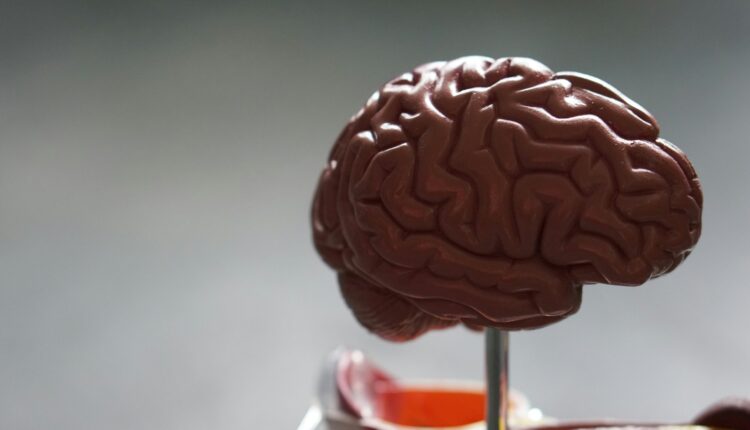Wearable technology focuses on the brain
The next frontier for wearable devices, or wearables, is the brain, through neurotechnology, to treat various diseases from the outside
The technology of so-called wearables, such as smart bracelets, watches and rings, came onto the market a few years ago. Now, thanks to neurotechnology, scientists are focusing on the brain.
But these are not brain implants like those promoted by Elon Musk. They are therapeutic medical devices that would be placed on the outside to generate impulses in the brain, and thus treat various diseases.
Neurotechnology specialists are working on devices “that apply brain stimulation from outside the body (through the skin and skull), without resorting to any physically invasive process, and as a treatment for a variety of chronic health problems.”
The pathologies in which a treatment with this innovation could be used would be “psychological conditions such as depression, menstrual pain, premenstrual syndrome and in general target applications such as anxiety, insomnia or post-traumatic stress disorder.”
Likewise, the researchers estimate that external brain stimulation devices could be useful in metabolic disorders such as obesity and type II diabetes, which could be treated using this type of portable neurotechnology.
Various startups are involved in this project that have “developed non-invasive brain stimulation technologies during the last decade” to achieve more effective alternative treatments.
How therapeutic medical devices work
The scientists explain that these devices basically stimulate brain activity “in a targeted way that can influence how a person feels by changing the electrical signals that brain cells use to communicate with each other.”
According to Dr. Camilla Nord, associate professor at the University of Cambridge and director of the Mental Health Neuroscience Laboratory, “brain cells communicate through electrochemical substances” and one way to change brain activity, as well as the patient’s thinking or mood, is “by modifying the chemistry. That is what drugs such as antidepressants and antipsychotics do.”
She adds that another way to achieve this change is by intervening in their electrical signals through low-impact electrical brain stimulation.
M.Pino
Source: muycomputer
(Reference image source: Robina Weermeijer in Unsplash)
Visit our news channel on Google News and follow us to get accurate, interesting information and stay up to date with everything. You can also see our daily content on Twitter and Instagram


